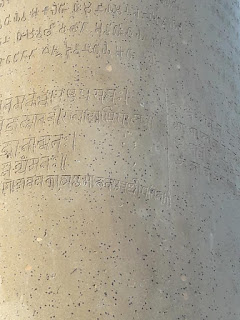Delhi Heritage Trail : 41
Khan Market
This seventy year old market is a stone’s throwaway from Lodhi Garden in the heart of Lutyens Delhi. It was started in 1951 as a middle class retail market and was given to the immigrants from North West Frontier Province mostly from Peshawar. It was named in honour of Frontier Gandhi Khan Abdul Ghaffar Khan. It is a double storeyed U shaped market wherein the shopkeepers had their houses in the first floor and shops in the ground floor.
Over a period of time it had turned into a high class retail destination catering to the upmarket areas of Golf Links , Sundar Nagar and Diplomatic enclave of Chanakyapuri . It is now the most expensive retail location in India and 21st most expensive retail street of the world. Due to real estate boom in last decades of twentieth century all the first floor residences have been sold out for shops.
Happened to meet the owner of a book shop called “ Fakir Chand & Sons “started in 1951 and met Abhinav a fourth generation descendant of the owner Fakir Chand who was a refugee from Peshawar. He said that their ancestors had to run for their life from NWFP due to communal riot of Partition and the shops were given as seed land to the refugees to start their life afresh. From then on it is no stopping for the immigrants it being the most expensive place in Delhi worth crores of rupees.


















